Transposition of the Great Arteries (TGA)
The heart is made up of 4 chambers: two filling chambers (medical term: right and left atria) and two pumping chambers (medical term: right and left ventricles). In the normal heart, the left ventricle pumps blood to the body via a large blood vessel called the aorta. The right ventricle pumps blood to the lungs via the pulmonary artery.
The left heart contains oxygen-rich blood for the body. The right heart contains oxygen-poor blood, which is pumped through the lungs to be filled with oxygen
» Click here to take an animated tour of the normal heart
The term TGA is shorthand for Transposition of the Great Arteries. Translating this into plain English:
- Transposition = switching or reversal
- The Great Arteries = the Aorta and the Pulmonary Artery, the two biggest arteries which carry blood away from the heart. The Aorta carries red (high oxygen) blood to the body. The Pulmonary Artery carries blue (low oxygen blood) to the lungs.
Therefore, TGA means that the Aorta and Pulmonary Artery are switched or reversed so that blue (low oxygen) blood is carried to the brain and body and red (high oxygen) blood is carried to the lungs. This is not good. We actually need the oxygen rich red blood for our body and brain to work properly.
Babies with TGA are often called ‘blue babies’ because they have low oxygen levels. Early surgery is needed to make these babies pink again. The operation performed in TGA is called an arterial switch, because the major arteries are switched back to their normal position. That means the aorta is returned to its normal place (above the left ventricle), and red blood can carry oxygen to the brain and body. The pulmonary artery is also returned to its normal position (above the right ventricle) so that blue blood can travel to the lungs and pick up fresh oxygen.
Is this common?
TGA is one of the most common low oxygen (cyanotic) heart defects seen in newborns.
If I was born with TGA, what do I need to know?
Your symptoms will depend on the type of surgery you had, along with other changes in the heart (like holes in the heart, weakening of the heart muscle).
You should tell your doctor about the following symptoms:
- Difficulty keeping up with their friends when exercising
- Chest pain
- Palpitations
- Breathlessness
- Fatigue
- Swelling in the tummy or legs
- Unexplained fevers, sweats and chills
Will I need treatment as I get older?
Most people with TGA will have had surgery when they were young. Because new heart problems can arise, it is very important to be followed closely in an Adult CHD centre.
Heart ultrasounds (Echos), CTs and MRIs are used to monitor the strength of the heart.
Treatment can include:
- Pills to control the heart rate
- Pills to help keep the heart strong
- Blood thinners
- Devices to open up narrowed vessels/connections (by cardiac catheterization)
- Pacemakers to help regulate the heart beat
- Surgery to relieve valve narrowings, or to replace leaky valves
This program was developed by:



